So it’s easy enough to understand that sea salt comes from seawater. Sea salt is a general term for salt produced by evaporation of ocean water or water from saltwater lakes. It is less processed than table salt and retains trace minerals such as phosphorus, bromine, boron, zinc, iron, manganese, copper and silicon, which all adds flavor and color.
Sea salt it’s extremely easy to obtain as long as you have access to a body of salt water. Each body of water however is going to contain different percentages of salt.
For instance, a bay is going to contain less salt than ocean water. Oceans themselves can also vary in salt content depending the region. Everything becomes experimental at this point as to how much salt you will end up with.
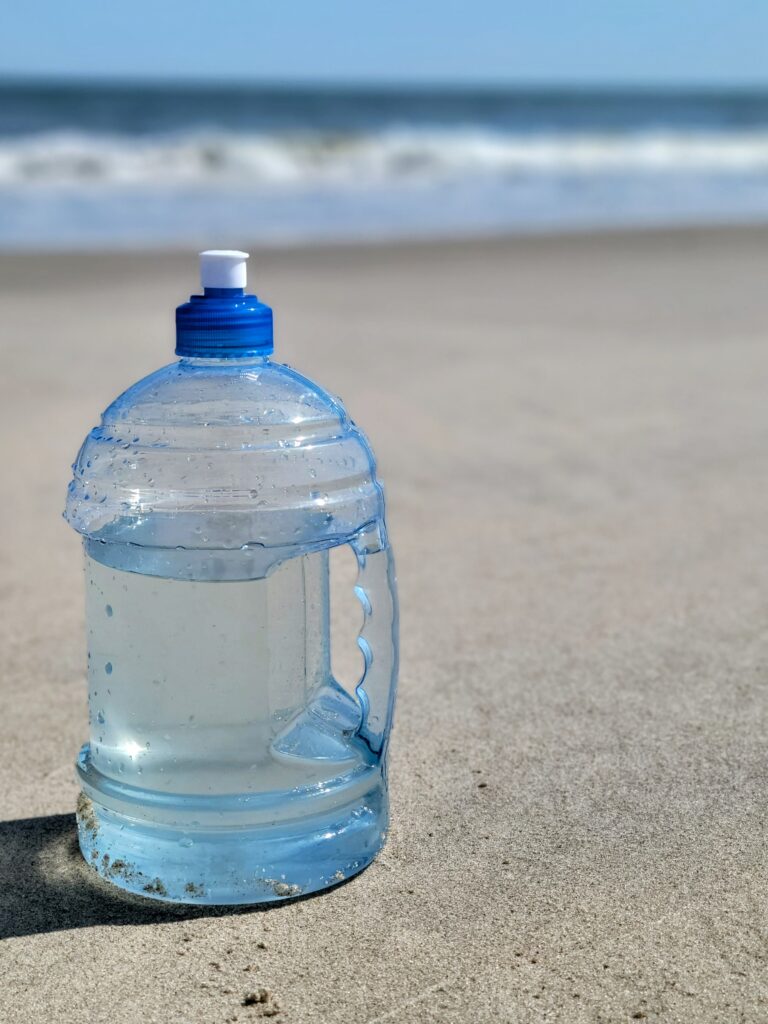
Instructions
Step 1. Step one starts with gathering seawater. It takes me about one gallon of seawater to obtain a 1/2 cup of seasalt (I usually gather several gallons at a time using spring water jugs, but again, the amount of salt you end up with depends on the salt content in your water.
Make sure you’re gathering your seawater from clean areas that are free of trash and pollution. Only consume salt that is made from clean bodies of water.
Step 2. Now that you have collected your seawater it’s time to get started. The first thing you want to do is strain your water using a cheese cloth and strainer. This will remove any sand and debris.
Next you’re going to place your water in a stainless steel pot. I avoid aluminum cookware at all costs as it can change composition of food.
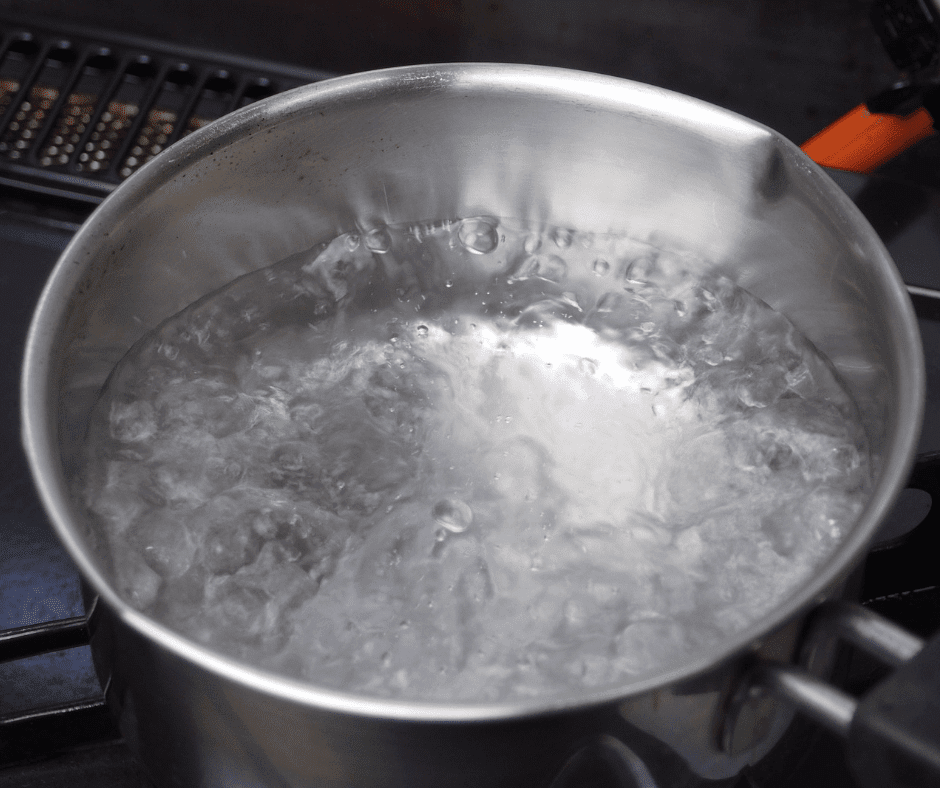
Let’s Boil: The only downside to this process, is how time consuming it is. Boiling the water down to salt is the entire concept. Start by bringing your sea water to a rapid boil. Boil until your water reduces completely, which can take several hours.
When your water gets low to the bottom, you have the potential to burn your salt, so monitoring your boil is important.
When you have only a few inches of water left remove from heat and allow to sit so that the salt will settle on the bottom. At this point, take a turkey baster and carefully suck up as much water as possible without removing any salt.

Once you have removed as much water as possible you should be left with a salty slurry that resembles wet sand. Place your salty slurry on a pan or cutting board. Now you simply allow to dry. I usually sit my cutting board in the sun or next to the woodstove in the Winter.
The goal is to allow your salt to completely dry so that no moisture is remaining. Some people may prefer to put their salt slurry in a dehydrator for a quicker drying method. Either way your finished product should be free of moisture.
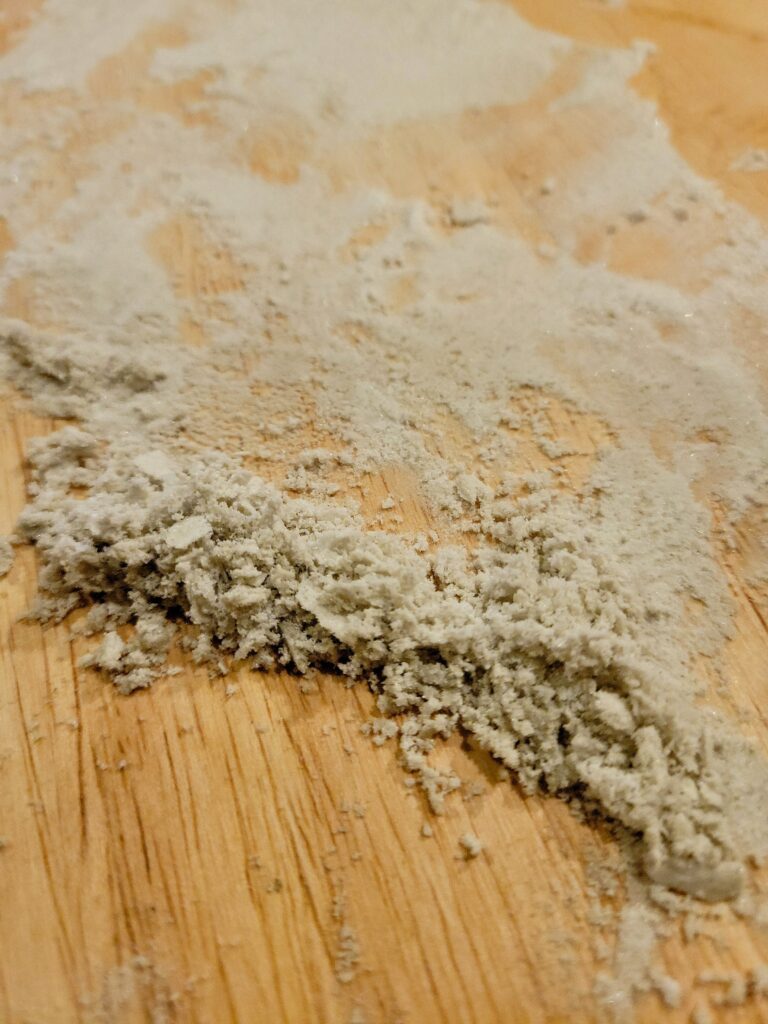
Now you have salt
Scrape your salt off your pan and place in a glass container. This salt can be used just as you would any other salt. You also have the option to grind your salt into a finer powder if desired or leave as is. Homemade sea salt is my absolute favorite to use in my brines and fermented foods. I also enjoy adding it to my bath occasionally.
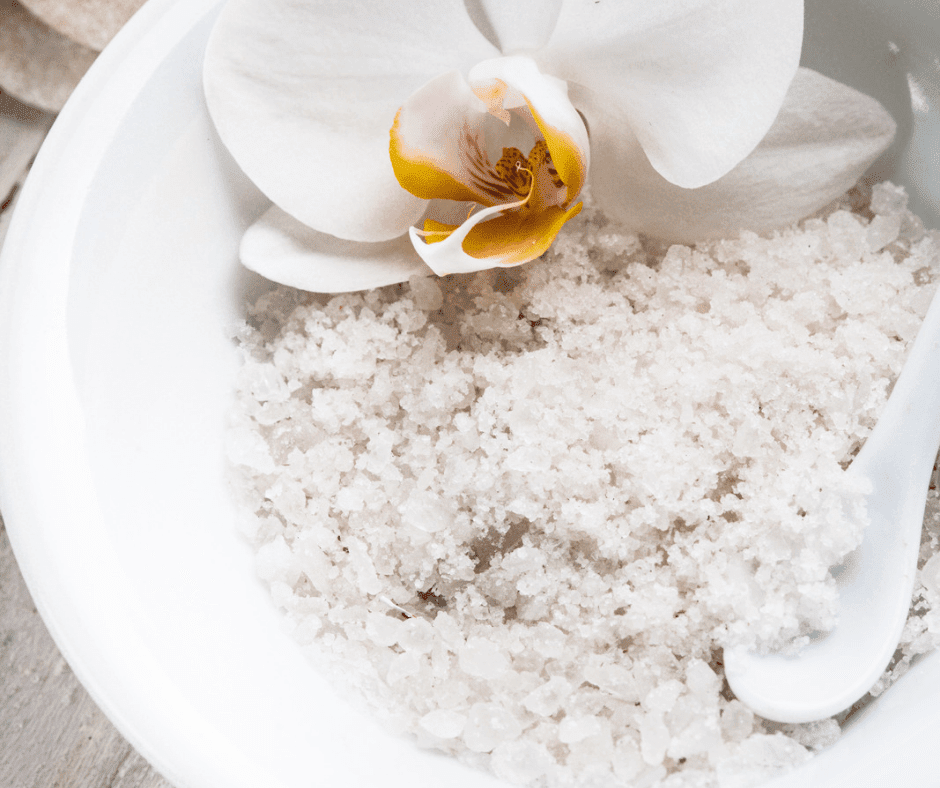
Microplastic Concerns
A common concern people have when it comes to harvesting seasalt, is the worry of microplastics. We are told that our oceans are full of these harmful plastics so it’s only natural for us to perceive this water as harmful. But see, microplastics don’t form in the ocean. They start here on land and synthetic fibers from laundry is actually the top source of microplastic pollution.
The truth is you should be far more worried about plastic water bottles and to-go food container than seasalt. In fact, bottle water is the largest contributor to microplastic consumption in humans, next to take out containers.
Lastly, if you have ever eaten sea salt, especially Celtic sea salt, you have consumed salt from the sea. Celtic salt is made by evaporating sea water, therefore, it is no different than what you yourself can make.
In the end choose the body of water you harvest from wisely and use common sense. If you live in an area that the water is polluted, or known for microplastic pollution, it’s obvious you don’t want to use that water. Unfortunately not everybody will have access to clean water.
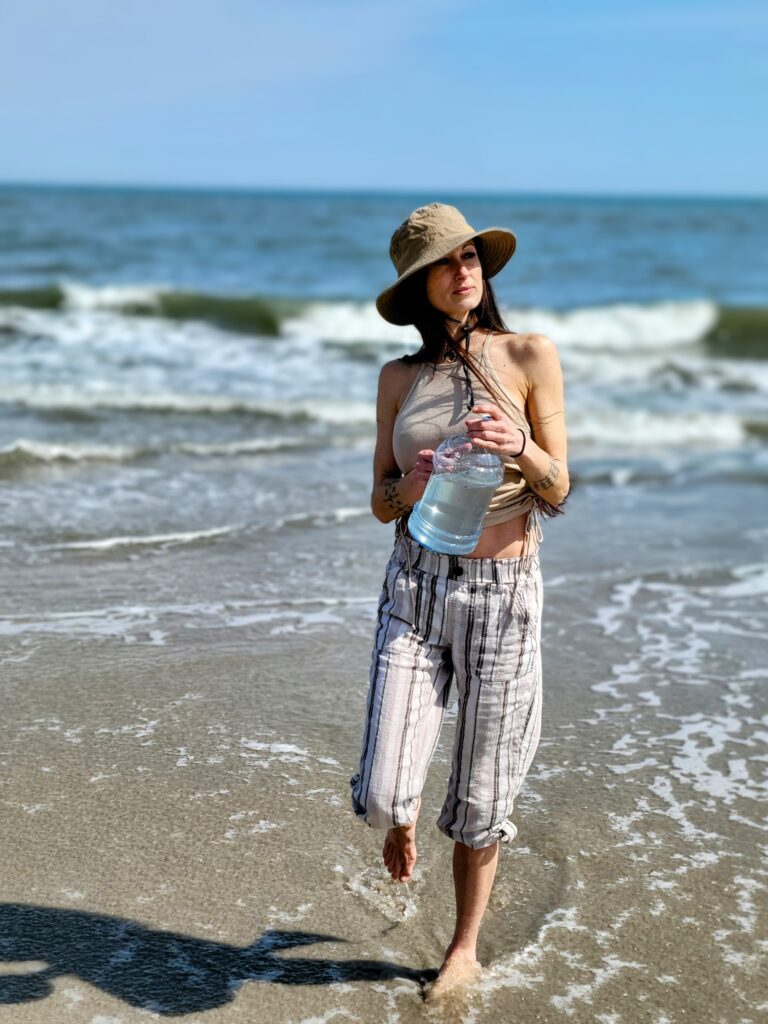
Final Thought
Making your own sea salt is a wonderful form of self sustainability and self sufficiency. Anytime we use the natural world to provide for ourselves, we are connecting to our primitive roots as humans. We also provide ourselves with better nutrition by obtaining a natural lifestyle. Have fun with your salt experiments and be grateful for the gifts mother Earth provides for you!
Stay Wild
Sources Below
https://www.ncbi.nlm.nih.gov/pmc/articles/PMC9552567/
https://www.nih.gov/news-events/nih-research-matters/plastic-particles-bottled-water#:~:text=The%20researchers%20found%20that%2C%20on,mostly%20focused%20on%20larger%20microplastics.
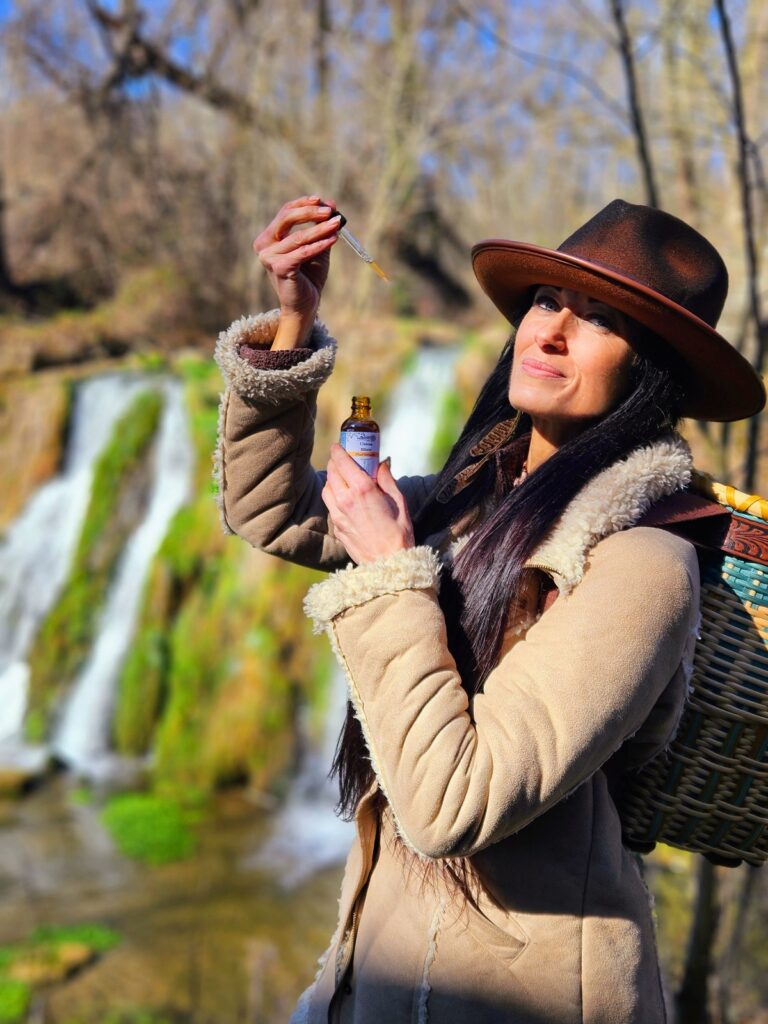
Kayce Heister
Kayce is a Clinical Herbalist, Naturopathic Practitioner (HHP), Active Forager, Wild Food Chef and Mother of three. She has spent the last 20 years practicing herbalism and natural health, and spends most of her time educating others on the amazing potential the natural world can offer.